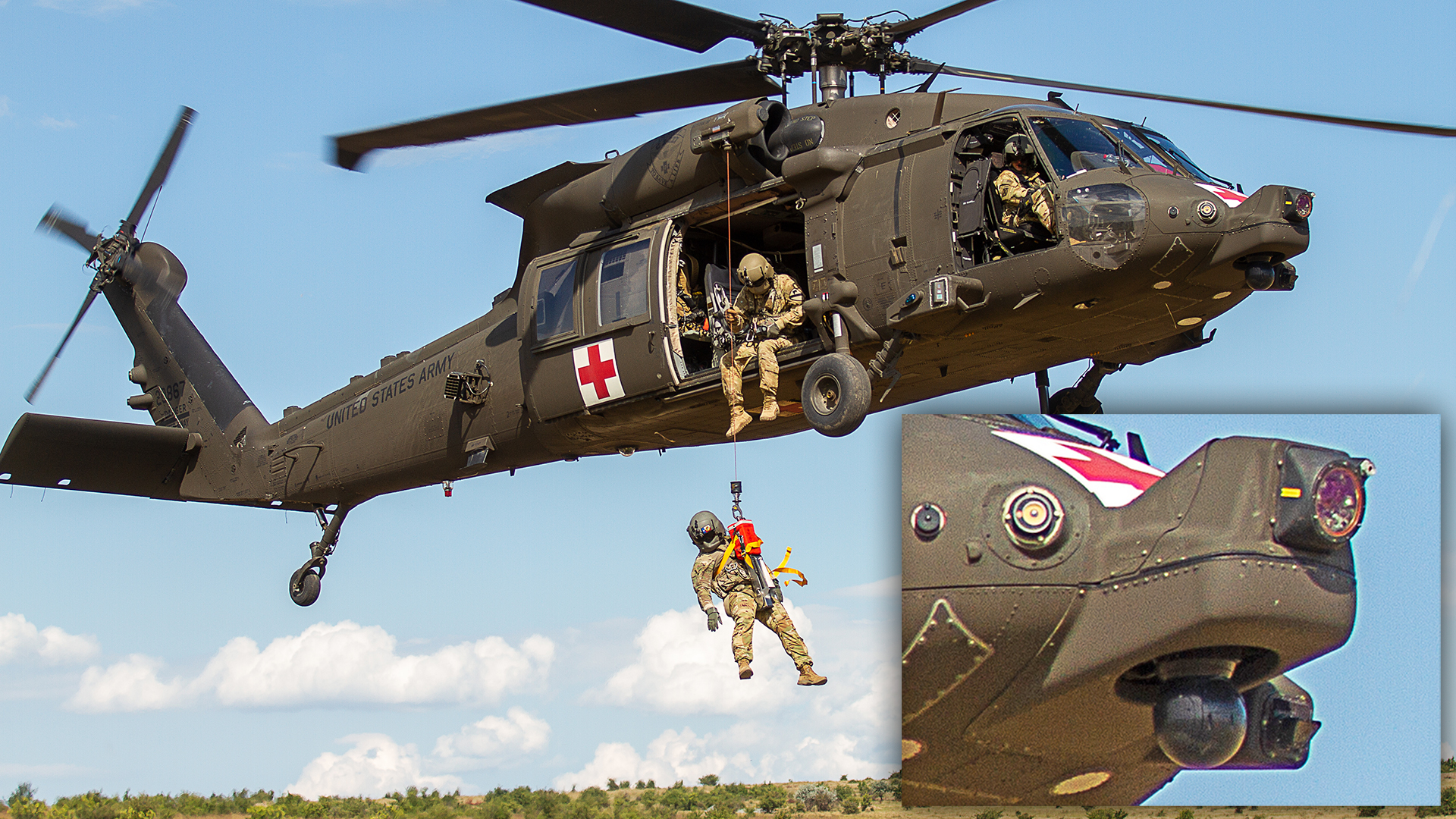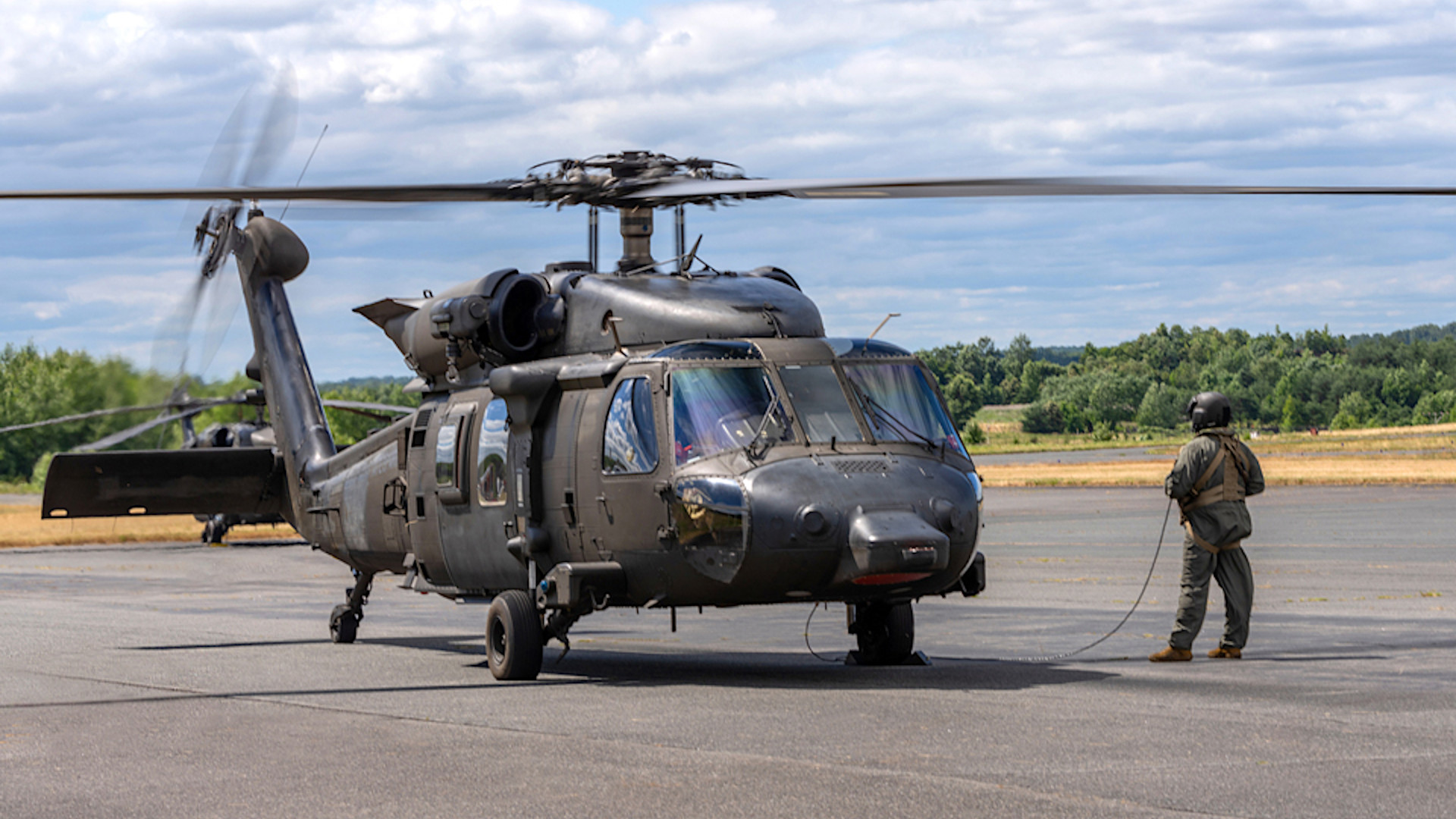The Role of the UH 60 in Combat Zones: Enhancing Mobility and Operational Efficiency
The Role of the UH 60 in Combat Zones: Enhancing Mobility and Operational Efficiency
Blog Article
Checking Out the History and Advancement of the UH 60 Helicopter

Beginnings of the UH-60
The beginnings of the UH-60 helicopter can be mapped back to the late 1960s, a duration noted by the requirement for a versatile utility airplane that might adjust to the developing demands of modern-day warfare. The U.S. Military identified the requirement for a replacement for the older UH-1 Iroquois, which was coming to be increasingly insufficient for the complexities of modern battle scenarios. In 1967, the Army launched the Energy Tactical Transportation Aircraft System (UTTAS) program, which looked for to create a multi-role helicopter qualified of different objectives, including army transport, medical discharge, and logistical assistance.
The UH-60 Black Hawk was presented, showcasing ingenious design components and progressed technology that established it apart from its predecessors. The UH-60 quickly acquired recognition for its durable performance, integrity, and adaptability, paving the means for its considerable usage in armed forces procedures and solidifying its standing as a cornerstone of U.S. Military aviation.
Trick Design Functions
Cutting-edge style features of the UH-60 Black Hawk dramatically contribute to its operational efficiency. Among the most remarkable facets is its twin-engine configuration, which improves integrity and offers a higher power-to-weight ratio, making it possible for the helicopter to carry out under numerous conditions. The airplane's four-blade primary blades system supplies boosted lift and maneuverability, vital for tactical goals.

Additionally, the cabin is created for optimum presence and functional designs, featuring innovative avionics that improve pilot operations. The modular style of the UH-60 permits very easy upkeep and versatility, making it ideal for numerous mission profiles, from army transport to medevac procedures. These essential layout features guarantee that the UH-60 Black Hawk remains a functional and reputable property in military air travel, qualified of meeting the demands of contemporary warfare.
Technological Developments
Recent technological improvements in the UH-60 Black Hawk have actually significantly boosted its operational abilities and convenience. The integration of sophisticated avionics, such as digital flight control systems and improved situational recognition displays, permits pilots to operate with raised accuracy and effectiveness. These systems assist in enhanced navigating, communication, and data sharing, making it possible for the helicopter to function efficiently in varied settings.
Additionally, the introduction of composite products has actually reduced the general weight of the airplane while keeping architectural honesty. This decrease boosts fuel efficiency and extends operational array. The unification of advanced rotor technology, including using four-blade, completely articulated rotor systems, has actually enhanced lift efficiency and ability to move, permitting far better handling in numerous flight conditions.

Additionally, improvements in propulsion systems, such as the T700-GE-701D engines, have actually enhanced power result and reliability - uh 60. These engines add to superior efficiency in high-altitude and hot-weather problems
Finally, the integration of self-defense systems and improved sensing unit bundles improves the Black Hawk's survivability and mission effectiveness. Jointly, these technological enhancements make certain that the UH-60 Black Hawk stays an important asset in modern aviation, capable of adjusting to the progressing demands of military and humanitarian missions.
Duty in Military Workflow
As the foundation of U.S. Military air travel, Visit Website the UH-60 helicopter plays a critical duty in different military procedures, offering as a versatile system for combat assistance, transportation, and medevac objectives - uh 60. Its layout integrates the capacity to run in diverse settings, making it essential for army activity and logistical assistance in both conventional and unusual war

In clinical evacuation scenarios, the UH-60 has actually confirmed invaluable, significantly reducing the moment to deliver damaged soldiers from the field of battle to clinical facilities. Its innovative avionics and evening vision capacities additionally make sure mission success under difficult conditions. In general, the UH-60 helicopter remains an important asset, continuously adjusting to fulfill the developing needs of military operations and enhancing the efficiency of U.S. pressures worldwide.
Future of the UH-60
Looking ahead, the future of the UH-60 helicopter involves considerable developments in modern technology and capacities created to boost its operational performance. As military procedures advance, the UH-60 is expected to include innovative technologies, consisting of enhanced avionics, enhanced weapons systems, and progressed communication devices. These enhancements will permit better situational recognition and objective flexibility, making sure that the UH-60 stays a vital asset on the battlefield.
One significant growth is the integration of fly-by-wire systems, which will enhance flight control precision and lower pilot work. Initiatives to upgrade the airframe and engines intend to boost speed, haul, and range ability, thus broadening the helicopter's functional range.
The future additionally holds guarantee for enhanced interoperability with unmanned aerial systems (UAS), making it possible for worked with objectives that take advantage of both manned and unmanned capabilities. In addition, the unification of synthetic knowledge and artificial intelligence can maximize trip characteristics and upkeep processes, resulting in decreased operational prices.
Verdict
The UH-60 Black Hawk helicopter stands for a considerable accomplishment in armed forces aeronautics, advancing from the united state Army's initial requirements for a functional energy airplane. Its cutting-edge style features and constant technological developments have guaranteed its significance in numerous army procedures over the decades. As the demands of modern-day warfare adjustment, the future of the UH-60 will likely entail additional enhancements and adjustments, strengthening its condition as an essential possession for militaries worldwide.
The UH-60 Black Hawk helicopter stands for a considerable turning point in armed forces aviation, arising from the U.S. Military's quest for an extra flexible and reliable utility aircraft in the his explanation late 20th century.The origins of the UH-60 helicopter can be mapped back to the late 1960s, a period marked by the demand for a flexible energy aircraft that could adapt to the progressing demands of contemporary war. In general, the UH-60 helicopter remains a crucial possession, continually adapting see here now to satisfy the advancing demands of army operations and improving the performance of United state forces worldwide.
Looking in advance, the future of the UH-60 helicopter involves considerable innovations in technology and capabilities developed to boost its functional effectiveness.The UH-60 Black Hawk helicopter stands for a considerable success in military aviation, progressing from the United state Military's initial demands for a flexible energy airplane.
Report this page